Description
Introduction
The Pig Detector Non-intrusive serves as an indispensable tool for tracking and managing pigging operations in oil, gas, or water pipelines. It’s designed for hassle-free attachment to the exterior of a pipeline, eliminating the need for intrusive installation methods. This detector triumphs over previous models by addressing and overcoming issues such as mechanical malfunctions, lack of explosion proofing, inaccuracies in pig detection, and electronic disturbances that could lead to false or missed detections. Offering versatility, it can be easily mounted and disassembled, making it adaptable to various pipeline requirements.
Composition of the Product
The Non-intrusive Pig Detector is a crucial component of an explosion-proof remote transmission display system, designated as Exd IICT6 Gb. This system, also referred to as TZS, incorporates an LCD screen with a heating feature, the ability to log passing times, store up to 99 entries in its memory, and conduct remote data transmission. The Non-intrusive Pig Detector is rated with a protection level of IP65.
This device utilizes a detachable card loading mechanism, a connection wire, and an extension rod, which is typically used for buried pipelines. An additional key component of the Non-intrusive Pig Detector is its sensing mechanism, known as YY-FCT.
At the core of the Non-intrusive Pig Detector lies its intricate sensing mechanism. This system is composed of several interconnected circuits, including a directional reluctance circuit, a balanced amplifier circuit, a low-pass filter circuit, and a trigger circuit. Moreover, it integrates a CPU, a corresponding remote switching circuit, a display circuit, and a reset circuit.
Regarding its wiring, the Non-intrusive Pig Detector’s interface is located to the right of the screen and usually involves four wires. The black and red wires function as power cables, compatible with a 6-24 V DC power supply (with the red wire as positive and the black wire as negative). These wires enable the switching between internal and external power supply modes. The remaining two wires are ports for remote signal cables, with the white wire acting as a common terminal, and the yellow wire designated as normally open. (When testing in an open state with a multimeter, standard signal cables connect only to the normal and common terminals.) The power interface and remote transmission interface dimensions are either M20*1.5 or 1/2NPT, and the conversion connector interface is a 3/4NPTF internal connector.
Function Description
This Pig Detector Non-intrusive device features three control buttons: the selection button, adjustment button, and confirmation button, which are utilized to manage four key functions: the detection function, query function, reset function, and time-adjusting function.
- Detection Function: This functionality of the Non-intrusive Pig Detector is purposed to verify the normalcy of the battery supply and the appropriateness of the threshold to local conditions. Despite being preset and tested at the factory, the device includes this function to ensure precise monitoring due to disparate usage environments. Activating the detection function light involves a single press on the selection button (continuous pressing will cycle through the four function lights, and an extra press will turn off the light, transitioning the device into the pig monitoring state). Pressing the confirmation button subsequently initiates the automatic entry into the detection state, where the digital tube exhibits the threshold and set values. Exiting the detection function involves pressing the confirmation button again, while pressing the selection button switches off the function light, taking the device back to the pig monitoring state. If a function light is on and remains unturned by the selection button, the system will autonomously put out the function light and revert to the pig monitoring state following 3 seconds of inactivity.
- Query Function: The Non-intrusive Pig Detector allows you to select the query function by repeatedly pressing the selection button. Pressing the confirmation button displays the stored pass rate on the digital tube. A subsequent press on the confirmation button prompts a query for the last pig passing time (if no record is available, the digital tube will stay blank). Use the adjustment button to select the pass time to query. Exiting the query function involves pressing the adjustment button until the displayed count is zero. Then, you can select other functions to revert to the monitoring state with the selection button, or allow it to automatically enter the monitoring state after 3 seconds.
- Reset Function: The Non-intrusive Pig Detector automatically logs each pass time, up to 99 instances. It resets automatically after recording 99 times. For dependable recording and effective querying, manual resetting is recommended. To engage the reset function, press the selection button, then press the confirmation button, and the device will automatically exit after the digital tube shows 00. All internal records will be cleared at this point.
Time-adjusting Function: If there’s a need to verify or tweak the time on the Pig Detector Non-intrusive device, press the selection button to select the time-adjusting function. Pressing the confirmation button activates the time adjustment mode, causing the hour digits to flash. Use the adjustment button to modify the hours (only increases, resets to 0 after 24), and if the hour display is accurate, press the confirmation button to move to minute adjustment, where the minute digits will flash. Modify the minutes using the adjustment button (only increases, resets to 0 after 60). Press the confirmation button to conclude the time-adjusting mode, and the device will autonomously save the set time.
Regardless of the function in use, if no button is pressed for 3 seconds, the Non-intrusive Pig Detector will automatically exit all functions and enter the pig monitoring state.
Setting Device Parameters (Avoid Random Adjustments)
Wait until all lights are off on the Pig Detector Non-intrusive device, then press the “select” button. The “detection” light will come on, then press the “confirm” button. The value that appears represents the initial magnetic field detection value, and the value that shows up next is the device’s alarm set value (the initial set range of the alarm set value of the device is a “0-240” cycle setting; lower values imply higher response sensitivity but a corresponding increase in the false alarm rate. Higher values denote less sensitivity but improved anti-interference ability). The factory setting has been configured based on the pipeline specifications and the magnet size, so avoid making random adjustments. If you need to adjust: quickly press the adjustment button continuously (each press 4 times increases the value by one level), and set the device’s alarm value to a certain value (the value changes by 20 each time, after reaching 240 it restarts to 0 and continues to change by 20 each time). After setting the alarm value of the device to the predetermined value, press the “confirm” button to complete the operation.

Summary
In conclusion, the Pig Detector Non-intrusive stands as a significant advancement in pipeline management technology. Its robustness, accuracy, and user-friendly interface, coupled with the ability to store extensive data, make it an indispensable tool for oil, gas, or water pipeline operations. Furthermore, its non-intrusive design ensures easy installation and disassembly, offering adaptability to various pipeline requirements. This device not only addresses the challenges posed by previous models but also provides additional functionalities that enhance operational efficiency and safety. Hence, it is the ideal solution for those seeking to optimize their pigging operations and enhance pipeline management.

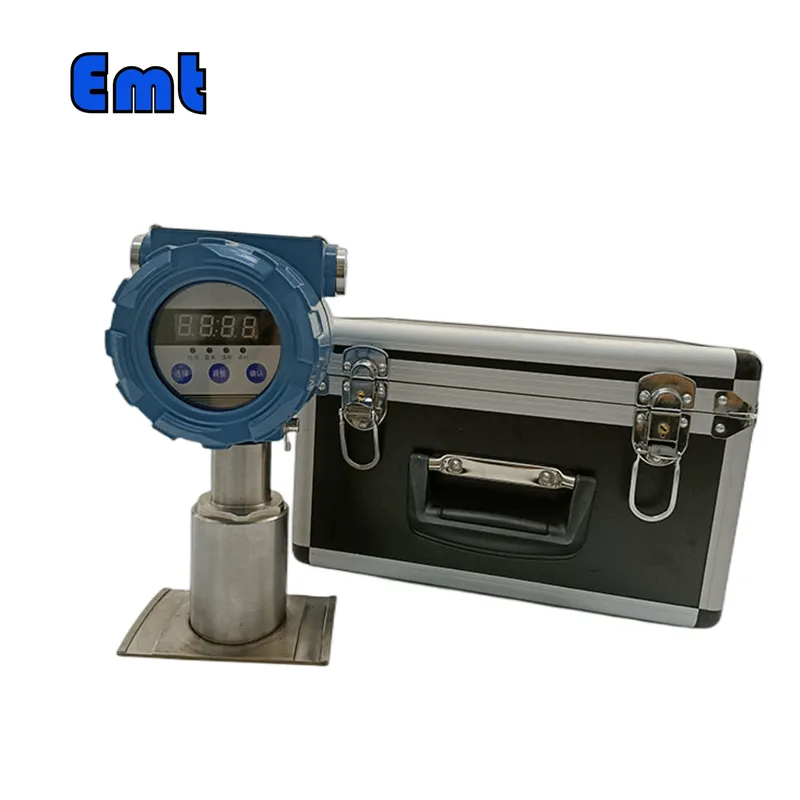

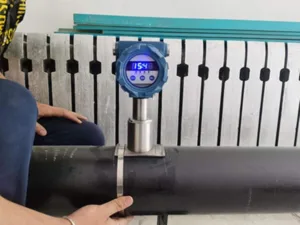
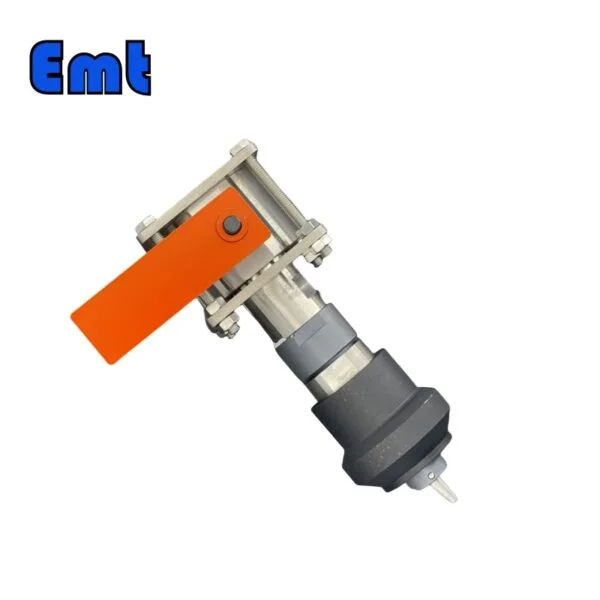
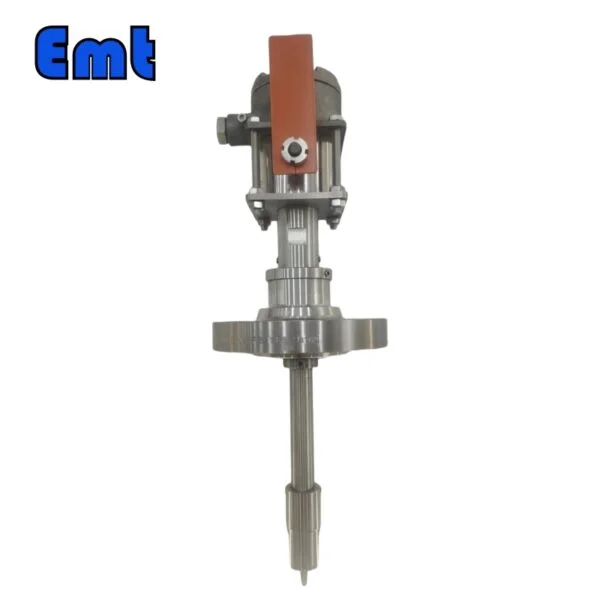

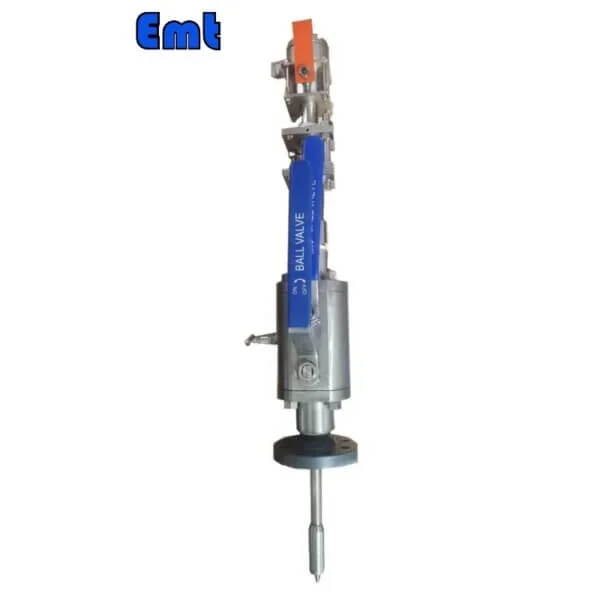
Reviews
There are no reviews yet.